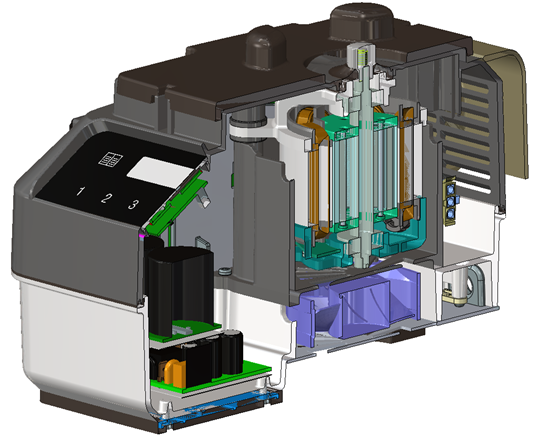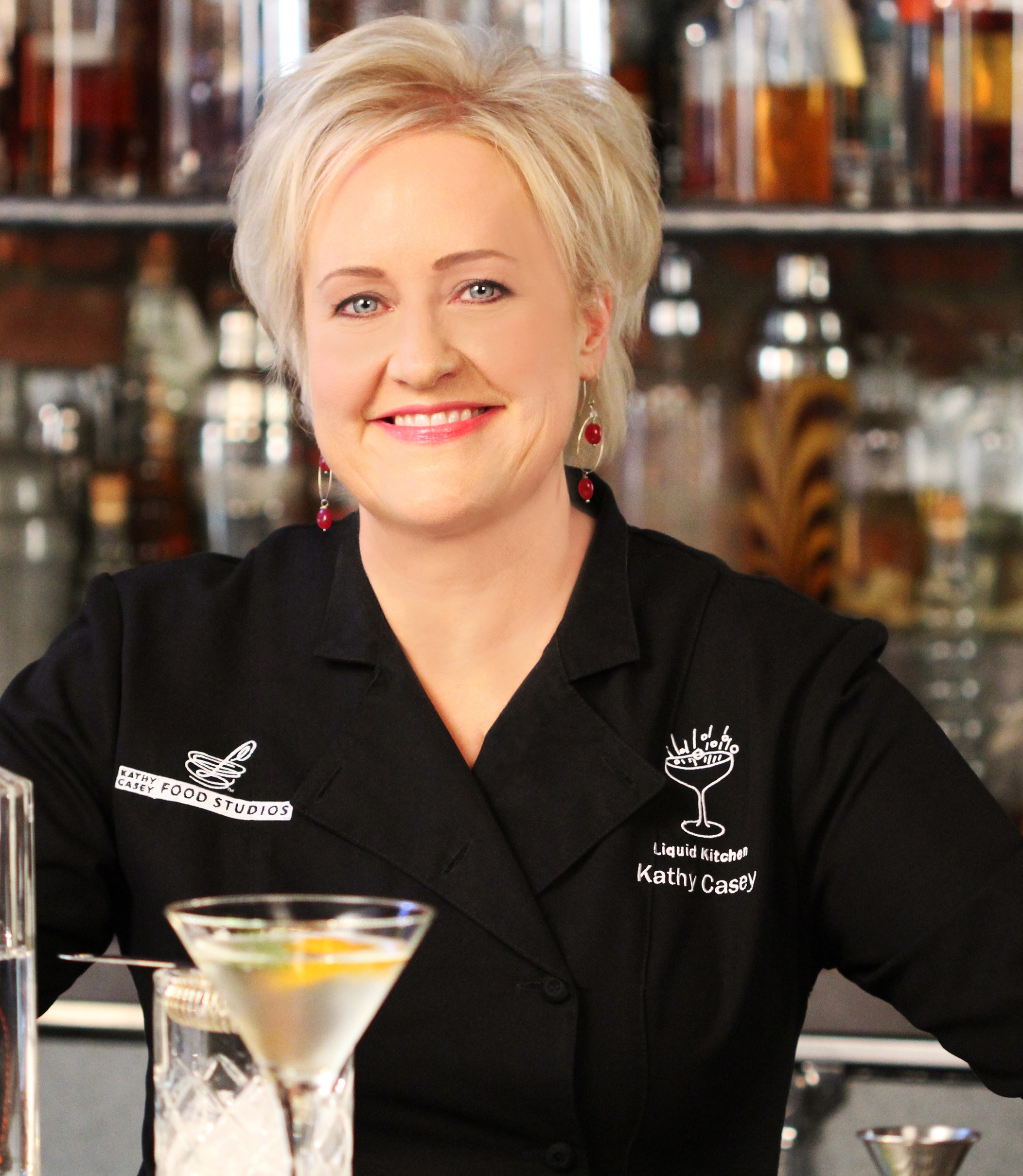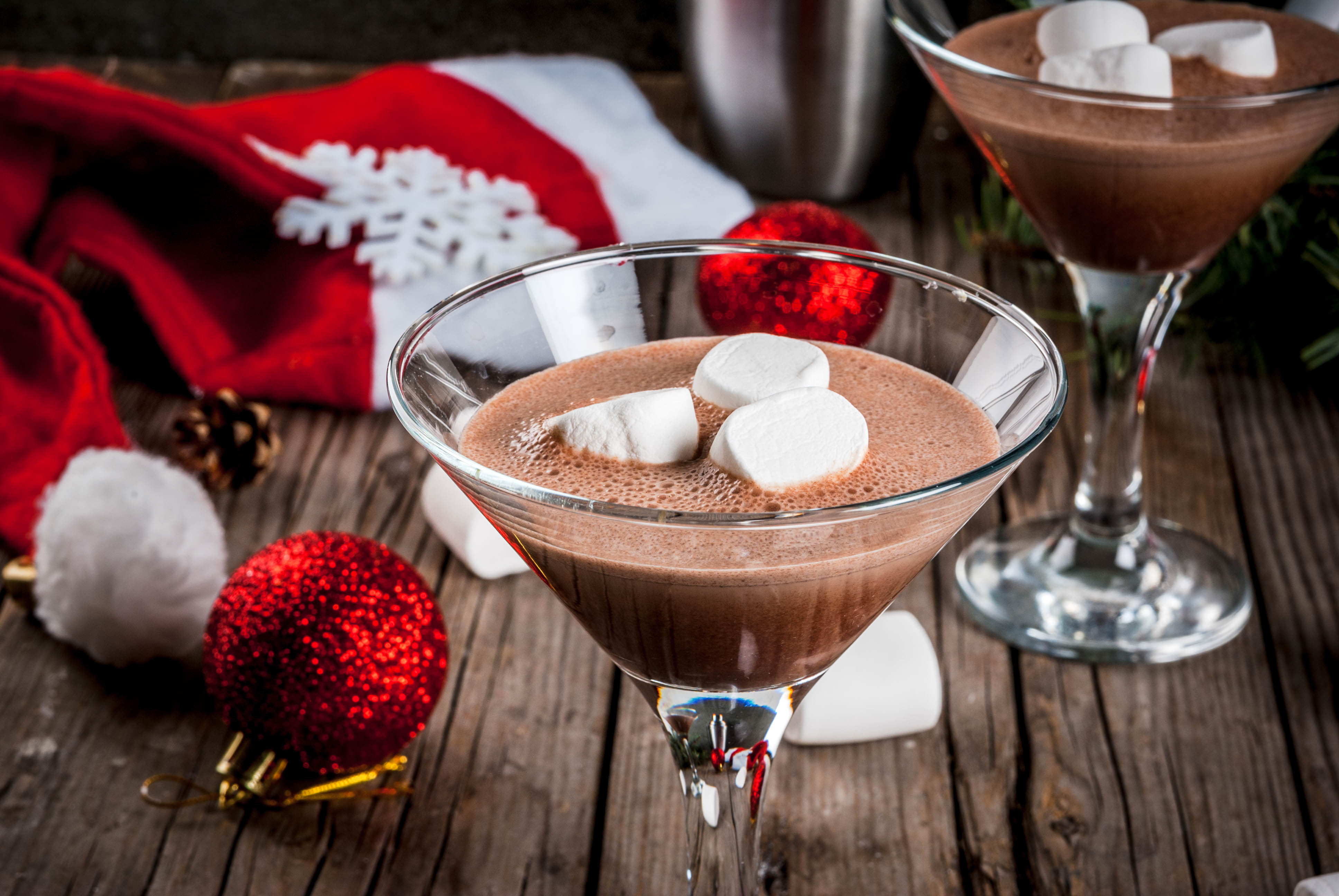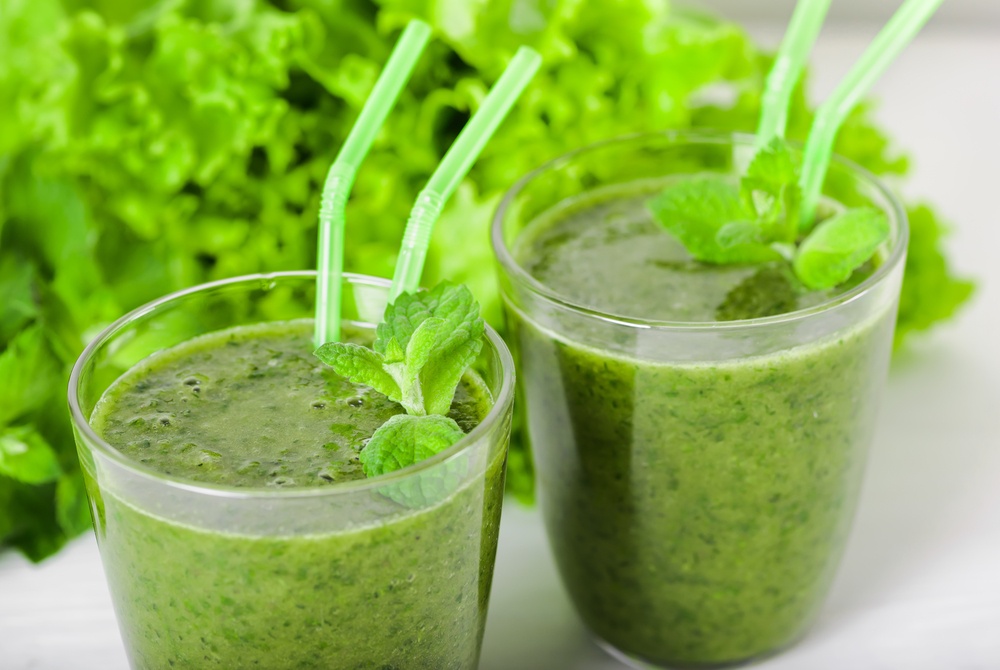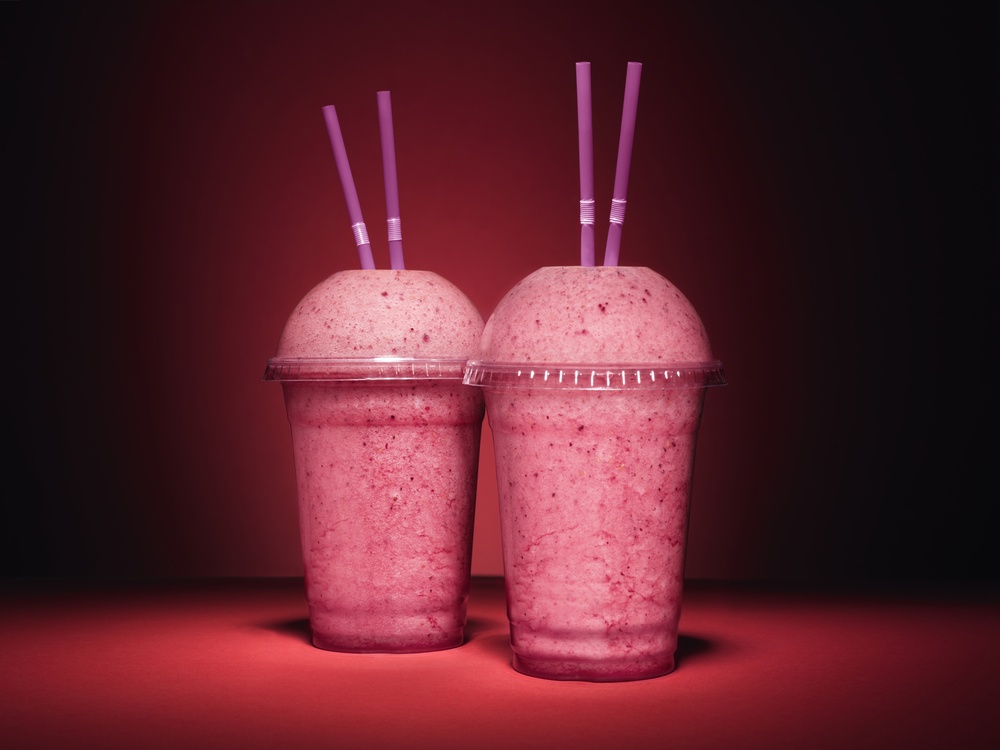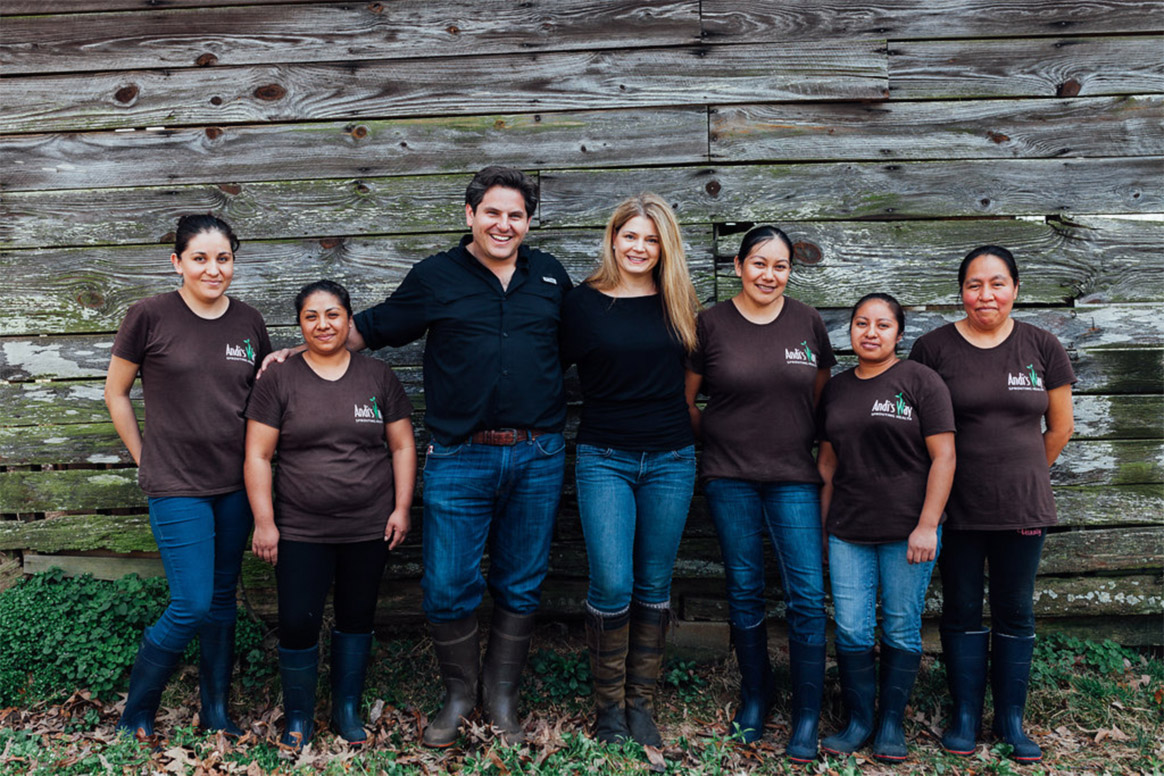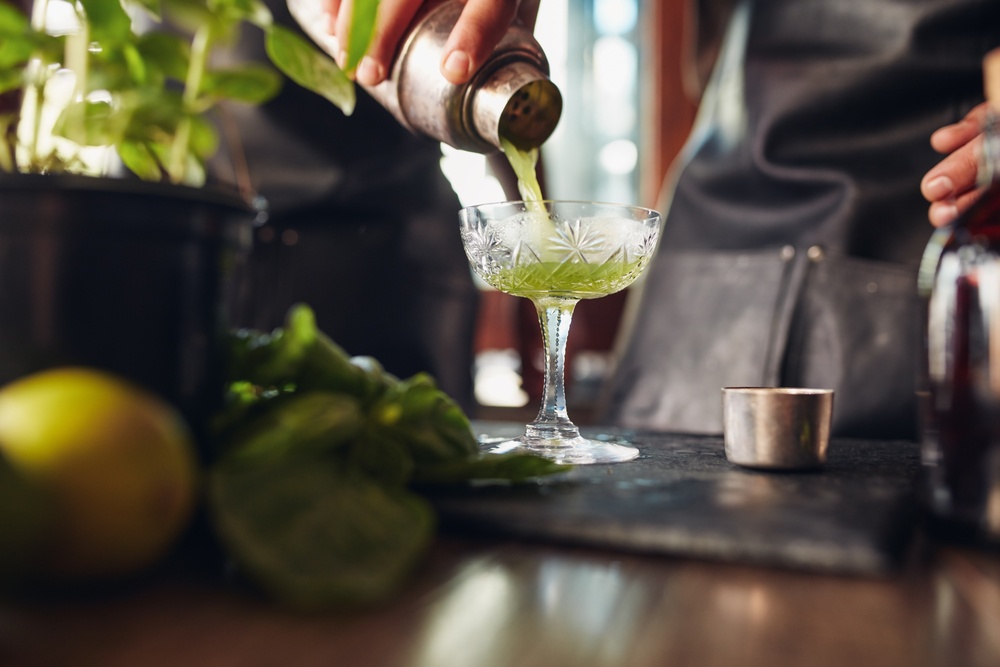If you’ve ever had a high-performance blender conk out after many years of hard use, the culprit was probably the brushes.
“Brushes?” you might ask. “I didn’t know my blender had brushes.” Most people don’t, because busy restaurant operators never think about the innards of their blenders. But we do. For eight years, we’ve been thinking about how to design a better blender motor that doesn’t die when the brush wears out — and now we have it. It’s called Endura™ Motor Technology.

